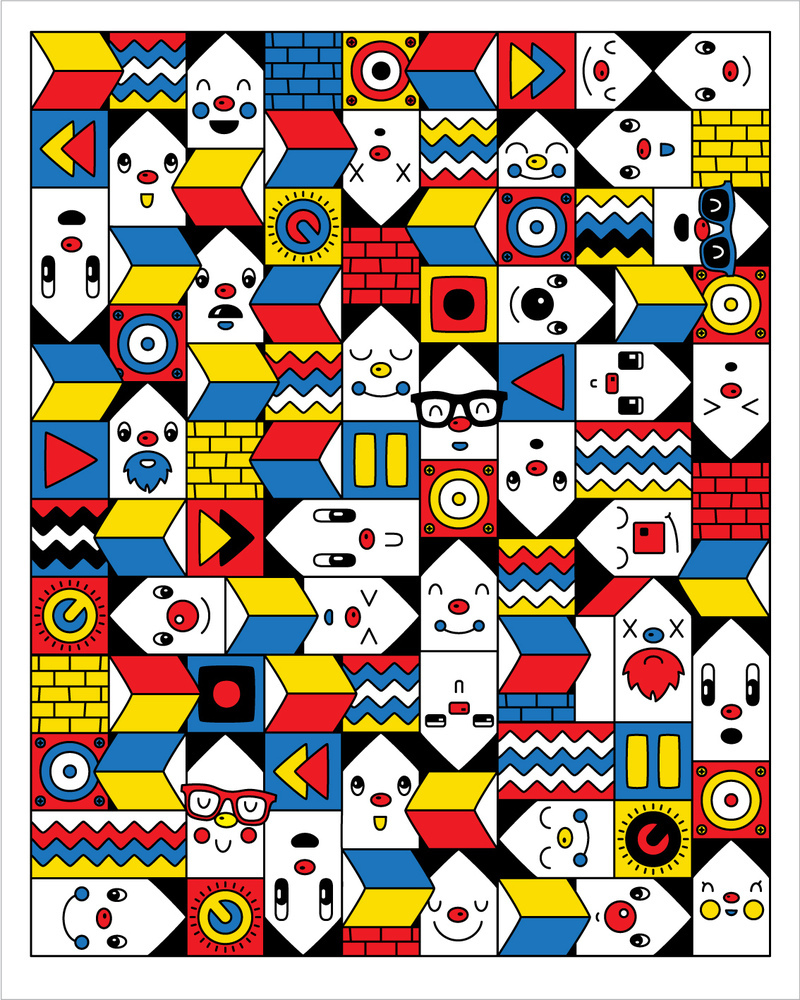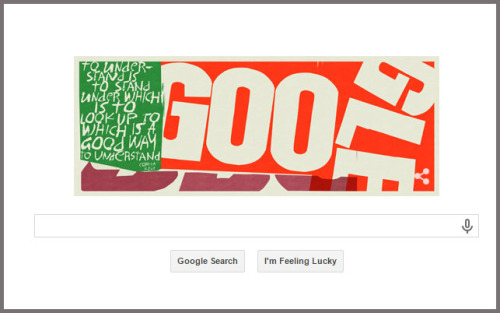Sonni Final
 Thursday, January 22, 2015 at 05:02PM
Thursday, January 22, 2015 at 05:02PM Intro:
Now that we've been studying primary and secondary colors and the street art of Sonni, it's time you made your own! On a large document, you'll be creating an original piece of artwork in the STYLE of Sonni of @sonnistudios!
Task:
On a letter-sized (portrait or landscape), 300ppi document, create your own Sonni-style artwork. You MUST include at least 4 characters, 2 of which must be totally new. 1 of these new characters MUST be in the shape of an object that Sonni hasn't yet created (for example, Sonni has created characters based on houses and boomboxes).
Review:
- 4 characters at least
- 2 original characters in the style of Sonni
- 1 new object turned into a Sonni-style character
- 2 original characters in the style of Sonni
Constraints:
- Your artwork must fit the style and look of Sonni
- Your background must be a color. No black or white backgrounds
- Must use only primary (and some secondary colors)
- Must make a great effort to show your understanding of Sonni's style




